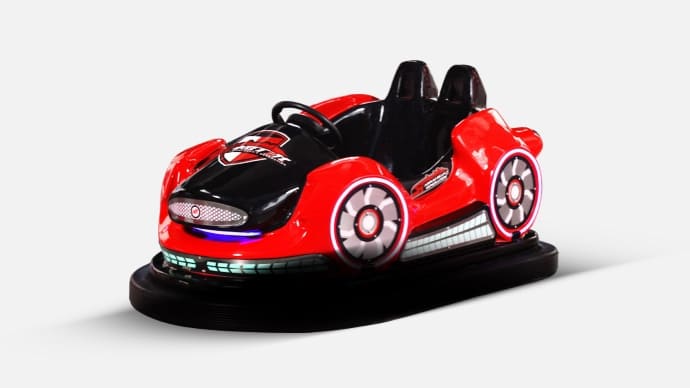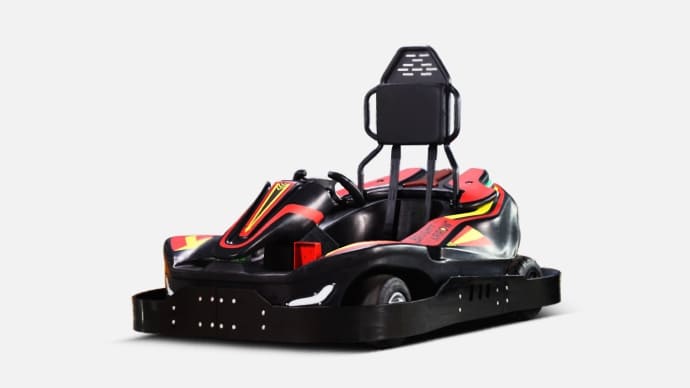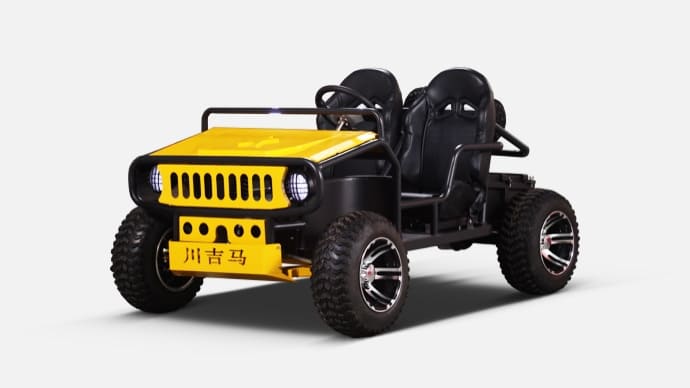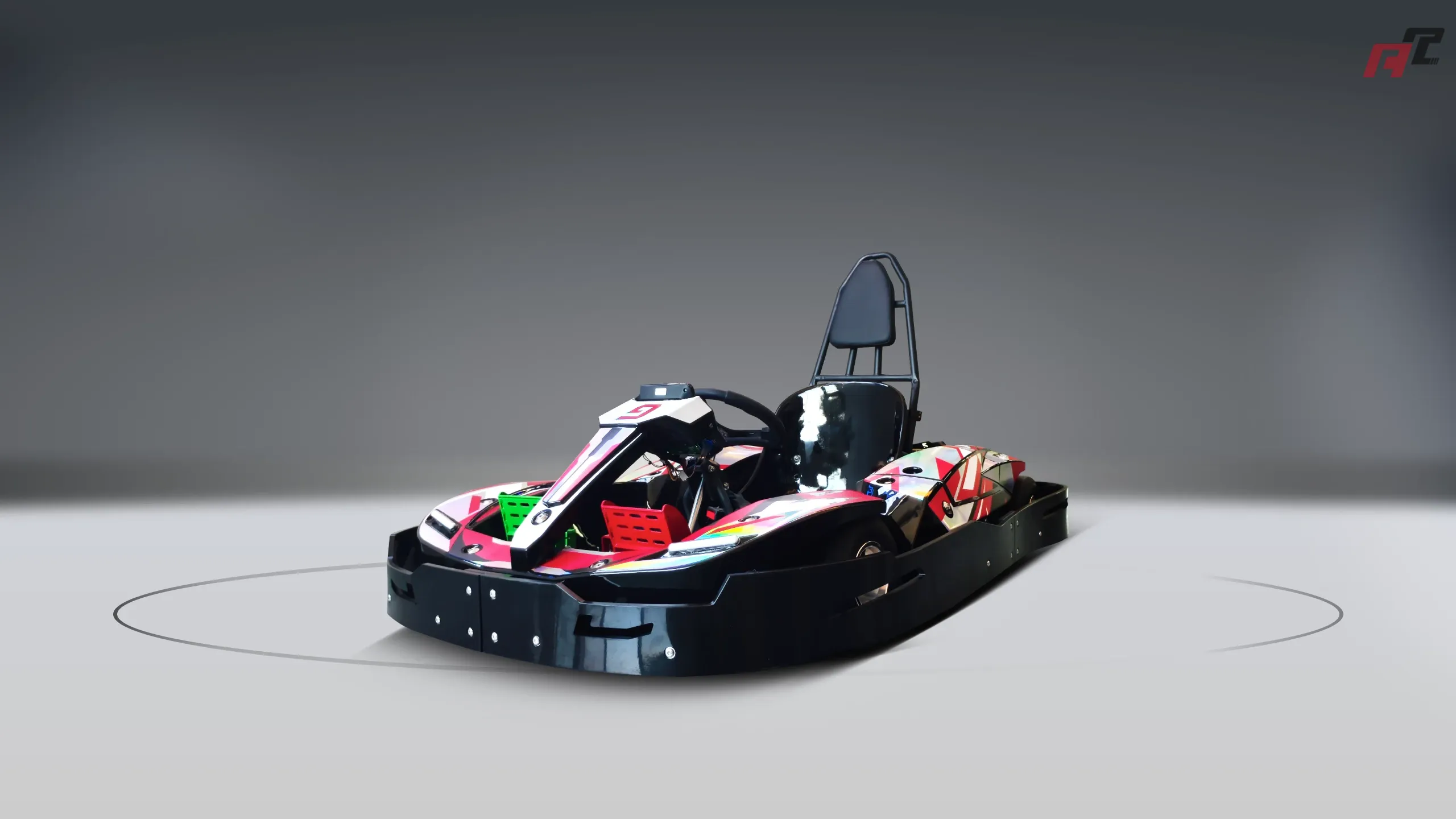how are bumper cars powered | ANCHI Expert Guide
This blog explores how bumper cars are powered and addresses top concerns for go karts industry procurement. Learn about power systems, industry trends, safety, costs, and supplier selection with data from recent market reports. Discover professional tips to make informed buying decisions and understand why ANCHI stands out as a trusted brand in amusement solutions.
How Are Bumper Cars Powered? Understanding the Basics for Industry Professionals
Bumper cars, a staple of amusement parks, operate on a unique power system that differentiates them from other rides like go karts. Most traditional bumper cars are powered through a grid system on the floor or ceiling. Electrical current is supplied via a conductive floor or ceiling grid, with poles or brushes on the car connecting to this grid to draw power. This setup drives small electric motors within the car, enabling movement and the iconic collisions. Modern variations may also use battery-powered systems for more flexibility in venue design, eliminating the need for a fixed grid. Understanding these mechanisms is crucial for go karts industry professionals who may cross-procure similar amusement equipment. Below, we address five common questions or concerns related to bumper cars and go karts procurement, providing actionable insights based on the latest industry data.
What Are the Key Differences Between Bumper Cars and Go Karts Power Systems?
While bumper cars typically rely on electric grid systems or batteries, go karts often use gasoline or electric engines. Gasoline go karts, equipped with four-stroke engines from manufacturers like Briggs & Stratton or Honda, produce 5 to 20 hp (4 to 15 kW), as noted in industry resources like Wikipedia. Electric go karts, on the other hand, are gaining traction with a projected CAGR of 6.3% by 2030, according to Allied Market Research. This shift reflects a growing demand for eco-friendly options, a trend procurement professionals must consider when balancing cost and sustainability in their purchasing decisions.
What Are the Latest Market Trends in the Go Karts Industry?
The go karts market is evolving rapidly, driven by technological advancements and changing consumer preferences. According to Allied Market Research, the global go kart market is expected to reach $154.3 million by 2030, growing at a CAGR of 3.9%. Maximize Market Research reports a current market value of $116.52 billion in 2023, with a projected CAGR of 4.14% from 2024 to 2030. Racing applications are set to grow at 4.6% CAGR, highlighting a strong demand for high-performance karts. Procurement professionals should prioritize suppliers offering innovative electric models and durable designs to stay ahead of these trends.
What Safety Considerations Should Be Prioritized in Go Karts Procurement?
Safety is paramount in the go karts industry, especially since karts are often used in high-speed racing environments compared to the controlled settings of bumper cars. As noted by industry sources like Gokartmanufacture.com, bumper cars offer better safety due to their indoor, low-speed nature, while go karts require robust tracks and protective gear. Procurement teams must ensure compliance with safety standards, selecting karts with reinforced frames, reliable braking systems, and, for electric models, secure battery encasements to prevent hazards during operation.
How Do Costs Impact Procurement Decisions for Go Karts and Bumper Cars?
Cost is a critical factor in procurement for amusement equipment. Electric go karts, while initially more expensive due to battery and motor systems, offer long-term savings on fuel and maintenance. Gasoline models may have lower upfront costs but incur ongoing fuel expenses. Bumper cars, particularly grid-powered ones, require infrastructure investment for conductive floors or ceilings, which can elevate setup costs. Procurement professionals should conduct a cost-benefit analysis, factoring in market growth data and operational expenses, to align purchases with budget constraints and business goals.
How to Choose a Reliable Supplier for Go Karts and Bumper Cars?
Selecting a supplier is a pivotal decision in procurement. Industry professionals should look for vendors with a proven track record in durability and innovation. Companies like J&J Amusements emphasize durability in both gasoline and electric go karts, a key consideration for long-term value. Additionally, suppliers should offer comprehensive after-sales support, customization options, and compliance with safety regulations. Reading industry guides, such as those from Anchi Amusement, can help avoid common pitfalls and improve communication by clarifying terminology and product differences.
In conclusion, understanding how bumper cars are powered and aligning procurement strategies with the latest go karts industry trends ensures informed decision-making. For industry professionals, partnering with a trusted brand like ANCHI offers significant advantages. ANCHI provides cutting-edge solutions, blending innovation with reliability in both bumper cars and go karts. Their commitment to quality, safety, and customer support makes them a preferred choice for amusement equipment procurement, helping businesses thrive in a competitive market.














